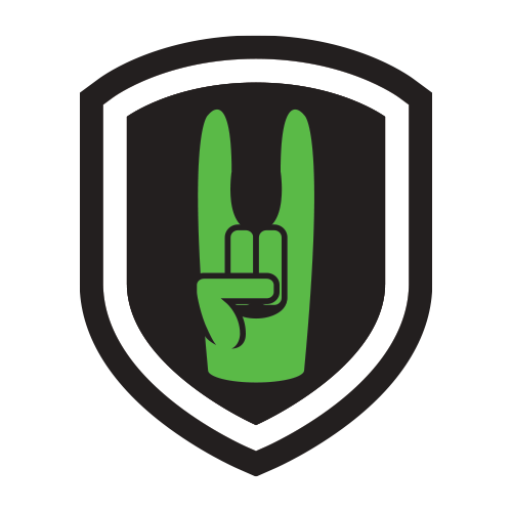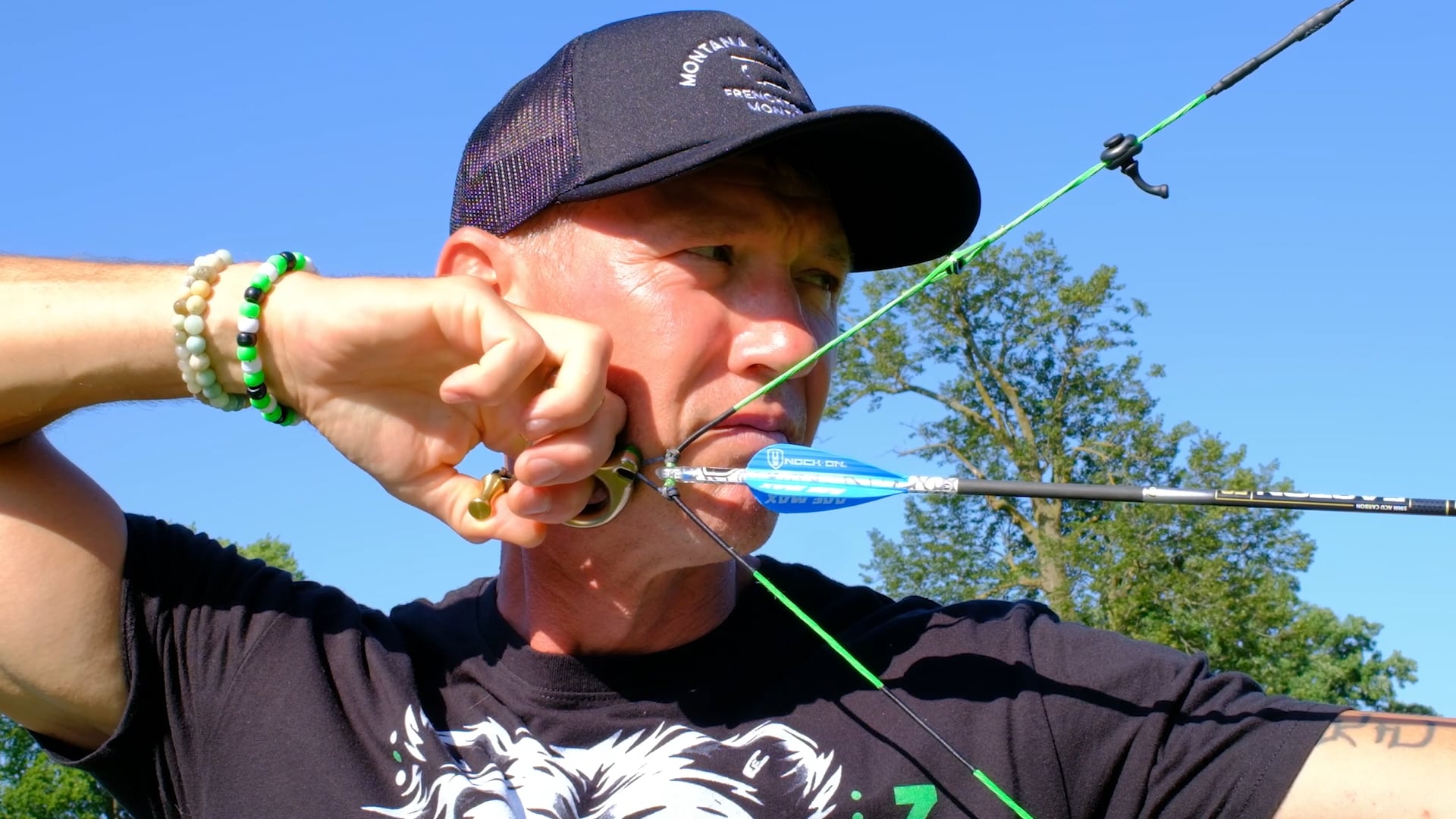You’ve stood in that tree stand before, watching a buck you’ve patterned for weeks, or facing a bull elk that materializes at 50 yards after days of silence.
What happens in that moment isn’t determined by how many arrows you’ve fired at the range this season, but by how disciplined you’ve been with your first shot of the day.
Today, I’ll share my pre-season morning routine that’s changed my hunting success over the years. It’s built around one core principle: treating those first five arrows like they’re the only ones that matter. Because in the woods, they are.
Most bowhunters dial in their setup and practice regularly but overlook the most important aspect of preparation: cold bore performance. Those first five arrows tell the brutal truth about your readiness.
Let me show you why this approach matters and how to implement it before opening day arrives.
The Cold Bore Mentality: First Shots Are The Only Shots
In hunting, we don’t get warm-up shots and most of them happen at 20,30,40,50,60yds.
When that buck steps out at first light, you get one chance. Your muscles haven’t fired an arrow yet, your mind isn’t in rhythm, and your body is often cold, tense, or flooded with adrenaline.
My daily routine starts by checking my HuntWise app for the wind forecast. I’m looking for windows of opportunity when the wind is minimal; the same discipline I apply during actual hunts.If you aren’t making it a habit to play the wind then you will be playing with a paper airplane made of your unused tag at the end of the season!
Once I identify the optimal time, I grab my bow and implement my cold bore protocol:
- Treat your first five arrows of the day as if they’re the only shots you’ll take on a hunt
- Move through multiple distances (I typically start at 20 and work out to 5 common distances)
- If the draw doesn’t feel perfect, let down and reset
- Be brutally honest about your results
- Document patterns in your misses ( the most common for me is being weak on my back wall during the first arrows. “Creeping because im still sleeping” So i make note in hunting situations and be sure to pull a little harder than i think i have)
The letting down part is critical. Yesterday, I let down twice at 30 yards because my anchor point didn’t feel solid. This is because i was thinking about my peep in low light vs focusing on a perfect anchor position.
Common Fluff Ups: Heres a few things I’ve seen people make mistakes on in the first arrows.
- 1: Drawing back with a poor stance and then resetting the feet after they are well into the shot process.
- Drawing with a death grip on the handle and then trying to reset the grip after the other parts of the shot process.
- Focussing on the seeing through the PEEP and jamming the string and arrow into the face or beard, instead of focussing on a light anchor with no facial pressure or arrow contact, and then lightly looking through the peep.
Many bowhunters push through imperfect draws in practice, but that habit becomes deadly on actual hunts. Train yourself to recognize when a shot sequence feels off and abort the shot.
Progression Training: Building Distance Confidence
My progression through distances isn’t random. It’s strategic.
I start at 20 yards to establish clean execution, then methodically work outward. This morning, my sequence went:
- 20 yards – Clean kill shot on the deer target
- 30 yards – After two letdowns, perfect placement in the vitals
- 40 yards – Another solid vital hit
- 50 yards – Slight wind required aiming adjustment, still a takedown
- 60/70 yards – Hit the elk’s vitals but missed my precise aiming point. (Longer distance magnifies mistakes and is a good litmus test for imperfections)
While I placed an arrow in the elk’s vitals during that 70-yard shot (which would have resulted in a tagged animal), I wasn’t satisfied. I was aiming for a specific point and missed it by several inches. If you have a broad head that isn’t perfectly tuned this could have easily been a wound.
That level of self-critique separates consistently successful bowhunters from occasionally successful ones.
The goal isn’t just to hit vital areas. It’s to hit exactly where you’re aiming, every time, on that first critical shot.
I don’t practice 70-yard shots because I plan to take them hunting. I practice them because they magnify technical flaws that might go unnoticed at shorter distances but will affect your 40-yard hunting shots when it matters.
The High-Stakes Accountability System
To sharpen my focus even further, I’m implementing the Shoot to Eat challenge promoted by Sorinex Outdoors: your first shot of the day determines whether you eat breakfast.
I’m taking it a step further. Since I don’t typically eat breakfast anyway, my version is Shoot or Fast longer: if I miss my intended target on that first arrow, I fast until the next day.
That might sound extreme, but it creates the same heightened focus and consequence that we experience in actual hunting scenarios.
Had today been a Shoot to Eat day, I’d be going hungry based on my 70-yard performance. This kind of accountability forces you to approach each first shot with the seriousness it deserves. Your mind sharpens, your focus narrows, and your preparation becomes more thorough; exactly what happens in a hunting situation.
The beauty of this system is that it creates artificial pressure. Your body’s physiological response includes elevated heart rate, heightened awareness, and even slight anxiety, which mimics what happens when that dream buck steps into range.
Training under these conditions prepares your nervous system for the moment of truth.
Implementing This Week’s Homework: Front Arm Focus
Cold bore training doesn’t exist in a vacuum. It builds upon fundamental form work, which is why front arm technique is your homework for this week.
Your front arm, the one holding the bow, creates the foundation for your grip, sight alignment, and follow-through. A weak, inconsistent, or improperly aligned front arm guarantees inconsistent results, especially on cold bore shots when your muscles aren’t warmed up.
When implementing cold bore training, pay particular attention to:
- Front shoulder position (down and neutral)
- Elbow rotation (slight bend with proper alignment)
- Consistent/ Even pressure into the grip
- Stability throughout the shot sequence
Cold bore shots expose weaknesses in your form faster than extended practice sessions. If your front arm technique isn’t solid, those first five arrows will tell the brutal truth.
Bringing It All Together: The Path to Automatic Excellence
We’re in the final countdown to hunting season. Now’s when the real work happens: not drilling dozens of arrows into targets, but ingraining proper form so deeply that it becomes automatic under pressure.
Cold bore training ties all your practice together. It forces you to execute perfect technique without the luxury of getting into rhythm. It creates artificial pressure that simulates hunting scenarios.
And most of all, it builds confidence in your first shot: the only one that matters when you’re in the stand.
The goal is developing what I call autopilot excellence: technique so ingrained that when buck fever hits, your body executes flawlessly despite the pressure. That doesn’t happen by accident. It happens through deliberate practice protocols like cold bore training.
As you head into these final pre-season weeks, implement this approach daily: five arrows, progressive distances, brutal honesty, and high stakes. Your success this fall won’t be determined by how many arrows you’ve shot, but by how seriously you’ve taken those first five arrows each day. This is also something you can incorporate at a hunting camp where practice time is often limited.






 massmonopoly
massmonopoly